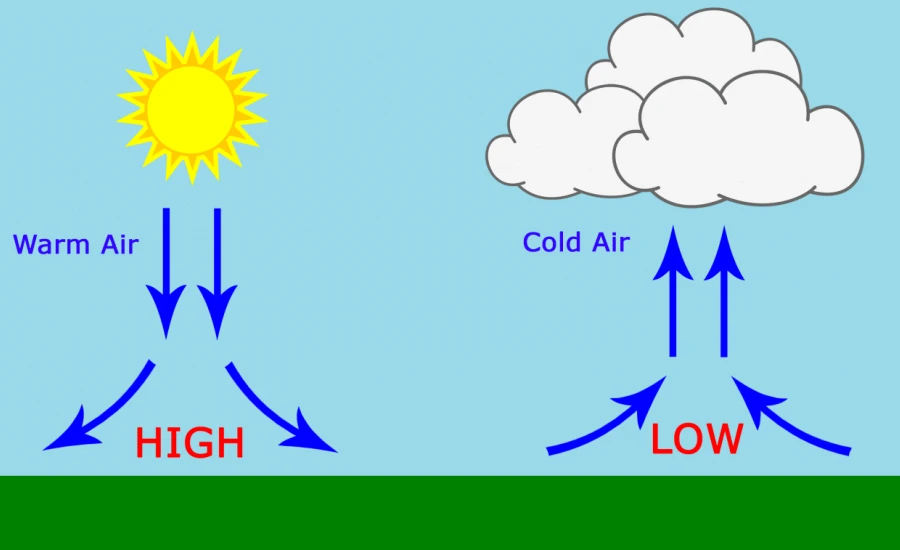
html
Definition of Ambient Pressure
Ambient pressure refers to the pressure of the surrounding environment, typically the atmospheric pressure exerted by the air at a given location. It is a fundamental concept in physics, engineering, and environmental science, influencing various natural and industrial processes.
Understanding Ambient Pressure
Ambient pressure is the force per unit area exerted by the surrounding medium, such as air or water, on an object or within a system. In most everyday contexts, it is synonymous with atmospheric pressure, which varies with altitude and weather conditions.
Key Characteristics of Ambient Pressure
1. Variability: Ambient pressure changes with altitude—decreasing as elevation increases—and can fluctuate due to weather patterns.
2. Measurement: It is commonly measured in units such as Pascals (Pa), atmospheres (atm), or pounds per square inch (psi).
3. Impact on Systems: Many mechanical and biological systems are designed to operate within specific ambient pressure ranges.
Applications of Ambient Pressure
Ambient pressure plays a critical role in fields like aviation, diving, and meteorology. For example:
- In aviation, cabin pressure is regulated to mimic safe ambient pressure levels for passengers.
- Scuba divers must account for increasing ambient pressure at greater depths to avoid decompression sickness.
- Weather forecasting relies on ambient pressure measurements to predict storms and other atmospheric phenomena.
Conclusion
Ambient pressure is a vital parameter in both natural and engineered systems. Understanding its definition and implications helps in designing technologies and interpreting environmental conditions accurately.
Keyword: ambient pressure definition